You will learn all about brand consistency in this latest 2025 guide. The information you’ll gain here will help you establish and maintain brand consistency across all social media platforms, broadcasting portals, and even offline.
The 5 best examples given here will assist you in understanding the significance of minute details you must focus on to ensure consistent brand identity throughout.
Furthermore, one of the sections recommends the best tool to develop brand consistency right from the first day of your business.
Part 1. What Is Brand Consistency?
Brand consistency is the practice of maintaining a universal theme across all products or services offered to customers under one brand’s name. This includes the following key points that a brand must focus on the most:
Visuals
Anything that end-users see falls under this section. For instance, font face, logo, page/packet/wrapper color, and the style of design.
Messaging
This isn’t only about text but any medium that conveys your message to the masses. For instance, using a tagline with your logo, maintaining a consistent voice and tone across all products and services, incorporating themed background music, and any other elements that you believe will be visible to the public.
User Experience
This means ensuring that all your customers receive consistent service, customer care, and after-sales follow-up.
Impact on Customers
When you follow all the above points right from the start, your customers will start identifying you from the theme, even when you don’t mention the name of your company. The major influences you can expect include:
Trust
Once people start noticing your brand from the font, color, logo, and theme, they will trust your services and products. This trust might not necessarily be on the quality of service/product you deliver, but because of your regular presence. With such an impression, they can count on your brand, believing that you are easily reachable if they need assistance.
Recognition
With trust, your brand gains recognition. People will start looking for your products and services when searching for something they need.
Emotional Connection
Conveying messages in a consistent voice and regularly using industry-specific jargon help build an emotional connection with customers.
Professionalism
Regular campaigns in a consistent tone and theme reflect your professionalism, encouraging customers to trust you with the belief that you are ready to take ownership of your work.
Although this won’t happen overnight, regular advertisements, social media campaigns, and offline marketing will help you gain recognition comparatively faster.
However, one important factor you must always remember is that merely maintaining a consistent theme and advertising your products effectively alone won’t help, unless you deliver top-notch product and/or service throughout.
Part 2. 5 Best Brand Consistency Examples
The key factors that contribute to developing and maintaining brand consistency are explained in the previous section. To complement the above, this section explores the 5 best brand consistency examples to help you better understand the concept.
1. Apple

How:
Visuals – Products are sleek, mostly white in color, and offer a premium feel when held or used.
Message – Apple products convey simplicity with convenient design and UI, emotionally connecting with its customers.
Experience – All Apple products follow an identical color theme, usually white. You will notice the same color on almost all their products, packaging, and when accessing their website.
Outcome: Instant recognition. Merely one glance at any of their products is enough to identify that it’s Apple.
2. Nike

How:
Visuals – The Swoosh helps you instantaneously recognize the brand. Next, the bold typography and the black and white tone make its products stand out.
Message – Always motivating, “Just Do It”. The tagline gives positive vibes and encourages customers to proceed and strive for progress.
Experience – You’ll see the same tagline and color combination on almost all its products, website, and offline retail stores.
Outcome: You’ll recognize Nike merely by looking at the Swoosh symbol or the tagline, “Just Do It”.
3. Google

How:
Visuals – Focuses only on primary colors, namely blue, red, yellow, and green.
Message – Extremely user-friendly because of an intuitive interface across all its apps and portals.
Experience – All products follow a common theme, i.e., clean interface, and consistent placement and naming convention of menus and buttons.
Outcome: The unified ecosystem offers flawless and unhindered accessibility throughout its services, portals, and devices (cellphones and tablets).
4. Coca-Cola
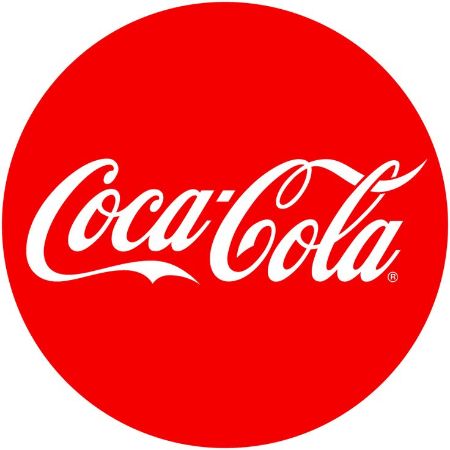
How:
Visuals – Cursive logo with red and white color palette across all its bottles, cans, machines, and franchise outlets.
Message – Portrays a joyous ambiance with people laughing and smiling, thus building emotional connection.
Experience – Consistent positive ambiance across all its marketing campaigns, i.e., offline, printing, social media, and billboard.
Outcome: A well-established brand with over 130 years of existence, and still counting.
5. McDonald’s
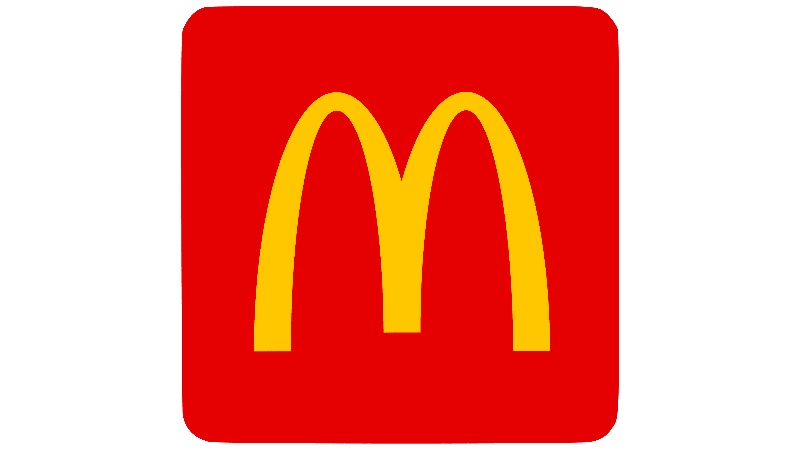
How:
Visuals – Playful typography in red and yellow colors. The most engaging elements are the golden arches that reflect joy and fun.
Message – The color combination and logo design give happy vibes to both family and friends.
Experience – McDonald’s offers a consistent service flow across the globe.
Outcome: Immediate recognition because of the logo and theme colors.
The above examples of brand consistency are sufficient to give you a fair idea of the minute details you must focus on to develop and maintain it.
Part 3. Best Way to Maintain Brand Consistency
While several factors are involved in nurturing a consistent brand identity, the major role is of the message you convey and how you convey it. One of the leading methods of delivering a message is via voiceover, which, when executed correctly, does wonders. Things become more fruitful when you do video localization. You can learn all about localizing videos from this guide.
As for brand image consistency, translating videos into different languages helps you reach the global market, building a worldwide brand identity. In this context, the best tool you can use is BlipCut Video Translator.
Developing brand consistency with the help of BlipCut Video Translator is pretty easy, and the method is given below:
Step 1. Upload the Video
Ensure that you have a video ready for publishing. Next, click here. Click Video Translator.

Click Upload Video. Upload the video.

Step 2. Set Translation Preferences
Choose the original language. Set the target language. Most importantly, select Instant Voice Clone. Click Translate.

Step 3. Export and Download
Click Export. Define export preferences. Click Export.

Click Download. Save the translated video to your drive.

Part 4. FAQs on Brand Consistency
Q1. Why is brand consistency so important?
A1: To build trust and develop an emotional connection with customers, which will further attract more buyers, eventually fueling significant business growth.
Q2. Are there some examples of poor brand consistency?
A2: Pepsi, Gap, Yahoo!, and Uber are a few examples of poor brand consistency. The common factor in all these businesses was that they were redesigning their logos and changing colors frequently, and without any clear direction or advertisement. This made it challenging for their buyers to identify their products, resulting in a loss of trust among customers over time.
Q3. What do you mean by visual brand consistency?
A3: Visual brand consistency is keeping all visual aspects of your brand unified. For instance, keeping a consistent color palette, using the same logo and its design without frequent modifications, having a universal packaging for your products, and more.
Q4. What is consistency marketing?
A4: Always using a common tone, voice, and color theme during marketing campaigns for business promotion falls under the category of consistent marketing.
Q5. What is brand image consistency?
A5: The practice of ensuring that your customers receive unified services, products, and user experience across all your outlets is called brand image consistency. In other words, when your customers feel confident that regardless of the region or retail outlet they visit, they’ll receive the familiar treatment, you have successfully developed a brand image consistency.
Conclusion
The brand consistency examples given in this guide help you identify the key factors involved in visual brand consistency and brand image consistency. Consistent brand messaging is one of the crucial aspects in this context, and BlipCut Video Translator helps simplify the workflow, allowing you to develop brand consistency.
Leave a Comment
Create your review for BlipCut articles



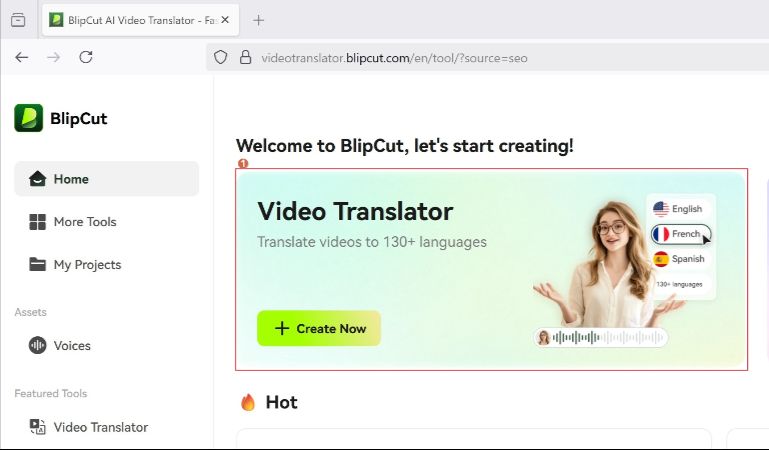

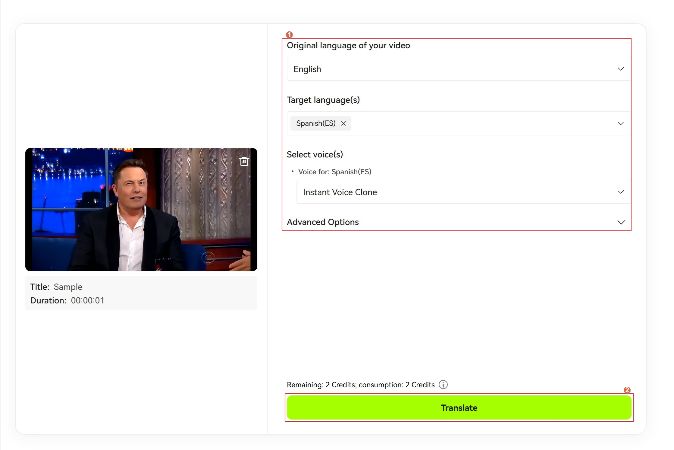
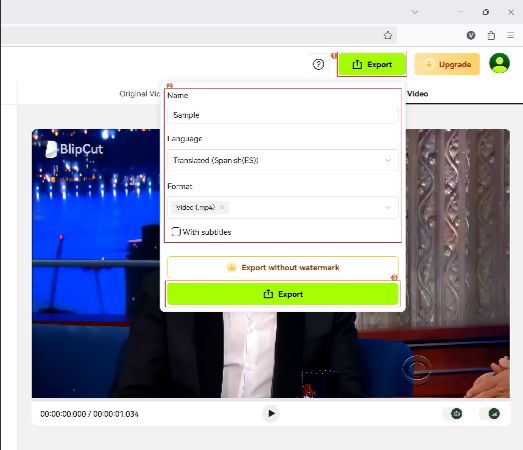


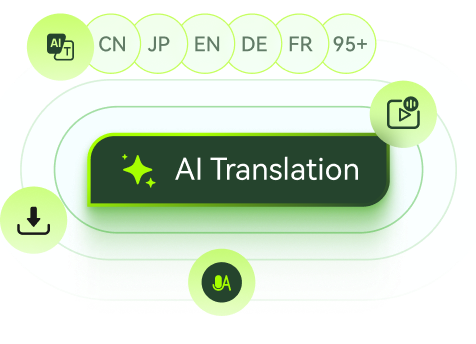
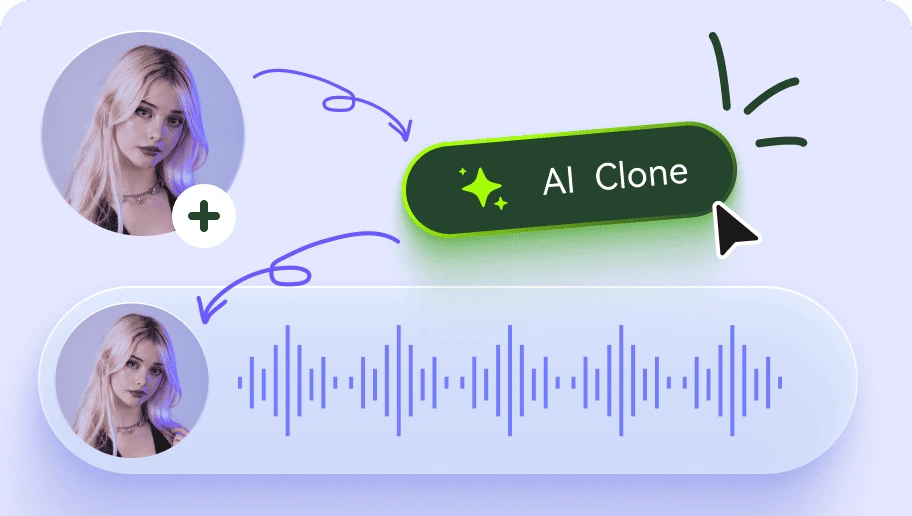

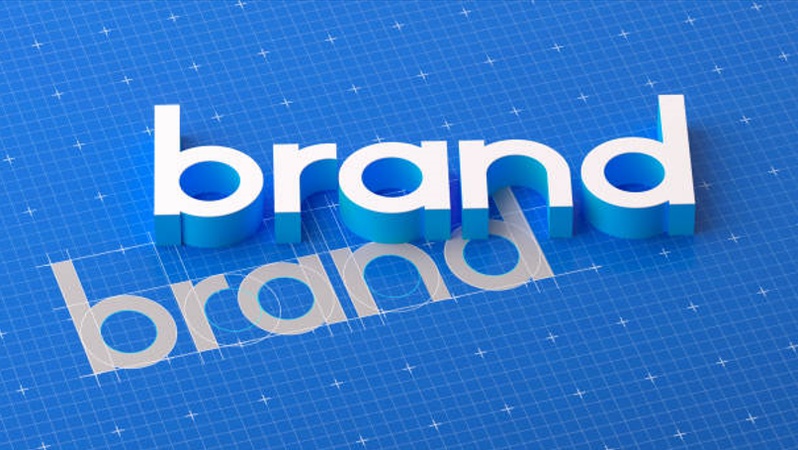
Blake Keeley
Editor-in-Chief at BlipCut with over three years of experience, focused on new trends and AI features to keep content fresh and engaging.
(Click to rate this post)